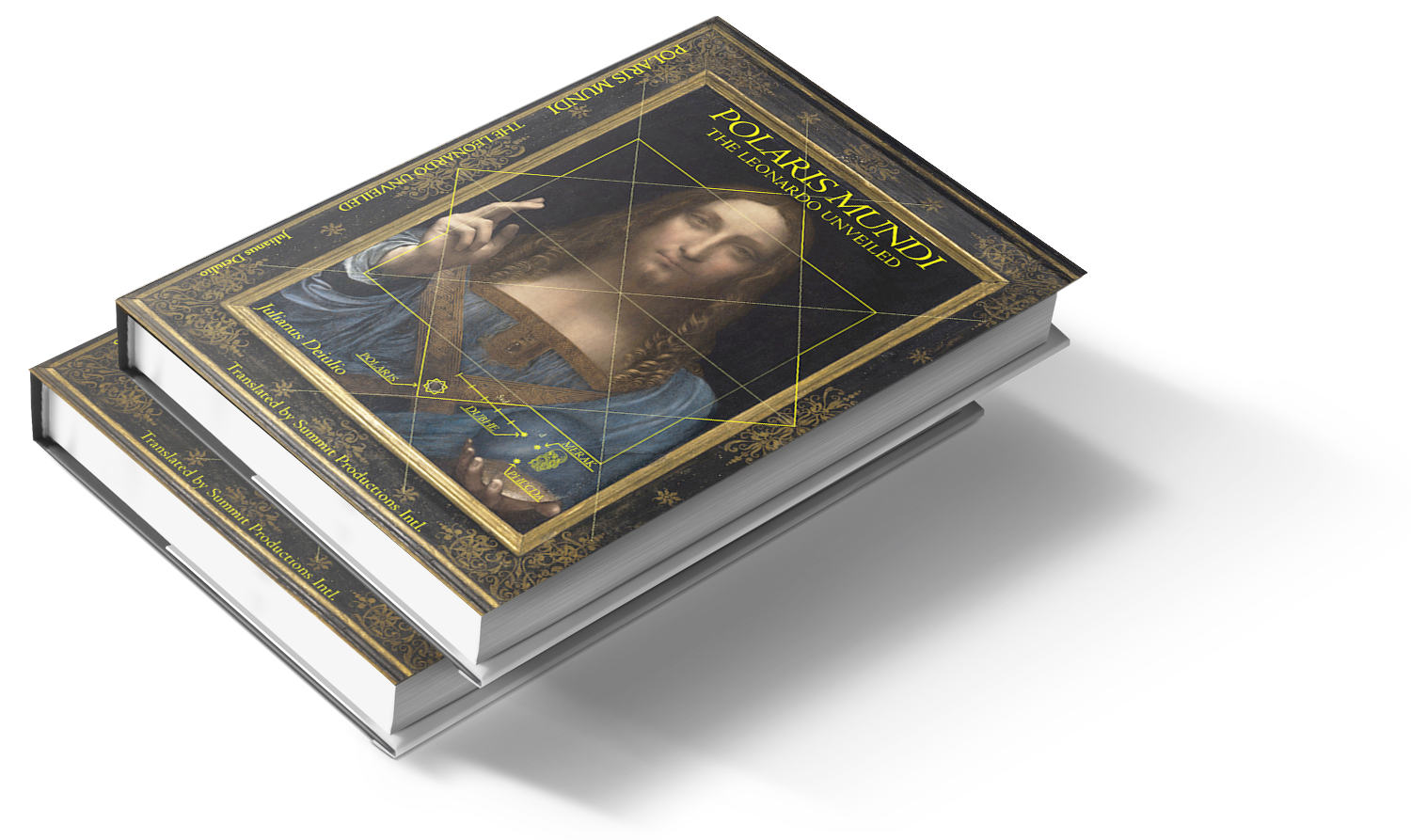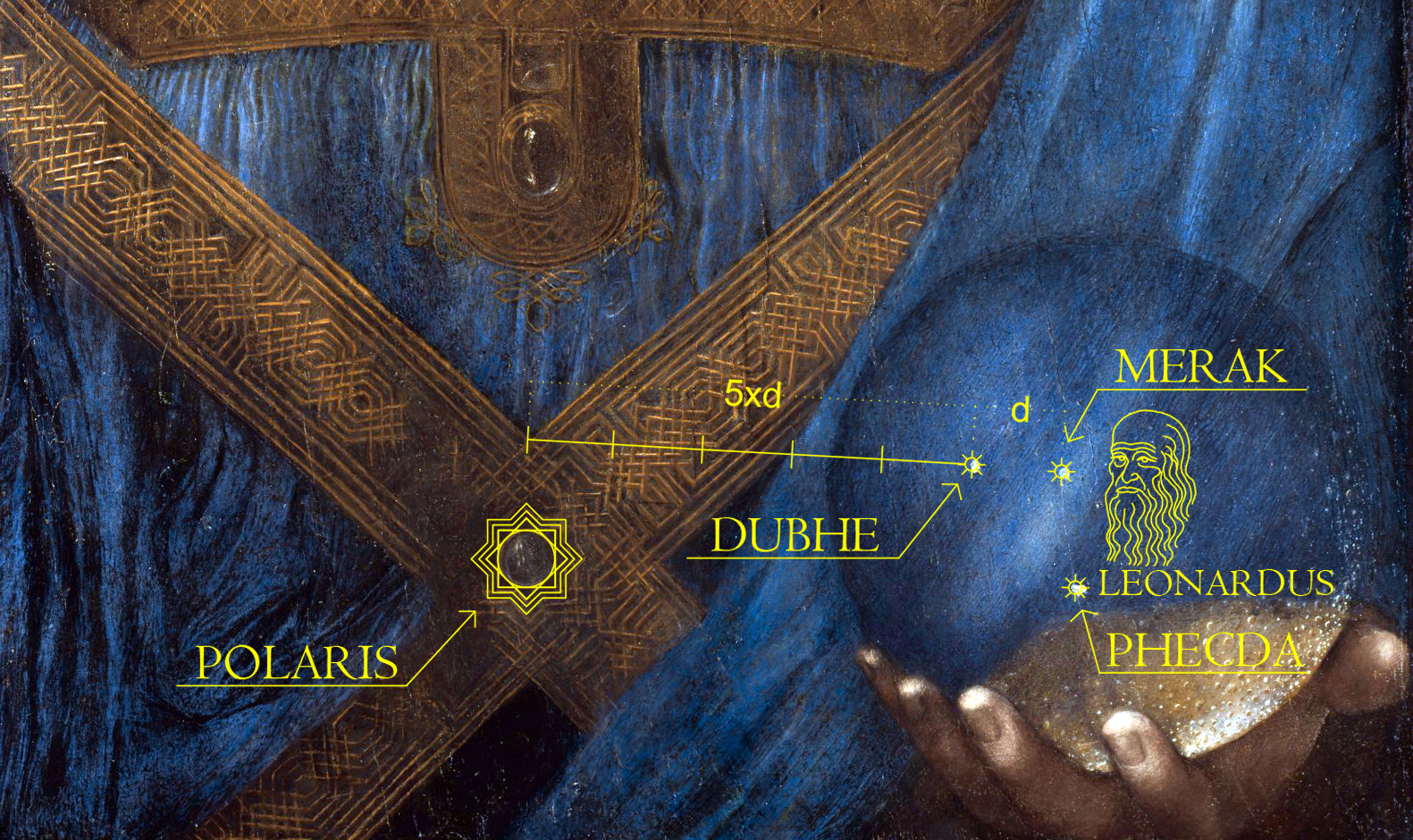
Polaris Mundi - The Leonardo Unveiled
The book that reveals the symbolisms hidden behind the Salvator Mundi by Leonardo da VinciA multifaceted text that ranges from astronomy to geometry, to mathematics to music. Passing from the liberal arts to the virtues, to arrive at the keys of interpretation offered by the Sacred Scriptures, through classical myths and through the Divine Comedy.
Characters and places from the book

Louise Deiulio – a professional astrologer, former literature teacher - in her living room focuses on classical mythology, in a path between the zodiacal constellations that emerge from the painting.
Chiara Fontecolma – a recognized painter and teacher of painting in her studio. She gives life to the shapes hidden between the “folds“ and the colors of the painting, revealing their multiple forms.
Flavio d’Aulico – surveyor and son of Louise, whose love for art and history is frequently combined with measurements. In his technical studio he tries to bring to light the geometric symbolisms hidden in the work of art, “referring those measures to the life and works of Leonardo da Vinci.
La Salon of Giano – the party room of the dome, is the place where with special themed meetings, the wisdom of the ancient mysteries that emerge from the painting is celebrated.
Notes from the Author
The book intends to celebrate the 500th anniversary of the death of Leonardo da Vinci through an imaginative journey through the unexplored symbolisms of the Salvator Mundi. In an ancient Roman dome, three characters, Louise Deiulio (an astrologer), Chiara Fontecolma (a painter) and Flavio d’Aulico (a geometrician) host the reader in their cultural salons, to accompany him through the folds of the painting, until revealing the profound meaning of the much discussed work of Leonardo. Or at least, that’s their intention. In a journey through the celestial bodies of the Ptolemaic system, in the light of the Logos that conquers the darkness. Passing from the divine microcosm to the human microcosm to end up in that “inner sanctuary” that is revealed in the painting. A real temple with a kaleidoscopic sanctum: the Leonardo-looking Christ placed at the center of a multifocal allegorical system.
Leonardo’s pictorial themes retrace Dante’s path to the Empire,following articulated mythological paths alternated with cosmological journeys in the zodiac, in an analogy with the labors of Hercules. Guided in this way, the reader can learn the arts and practice the virtues, recite the Holy Scriptures or declaim the verses of the Divine Comedy. Even contemplating the mystery of the Blood of the Redeemer filling the Holy Grail. In scenarios of alchemical combustion and electromagnetic phenomena. In the harmony of the spheres, while the celestial music of angels with a lute resounds. A humanistic path in an anthroposophical key developed through Sunday meetings, in harmony with the rhythms of the year.
The Polar Star is the Christ, the way, the truth, the life. The Polar Star is the man who, like Leonardo, cultivates the liberal arts and the virtues, putting into practice the Dante’s motto: “You were not made to live like brutes, but to follow virtue and knowledge.”
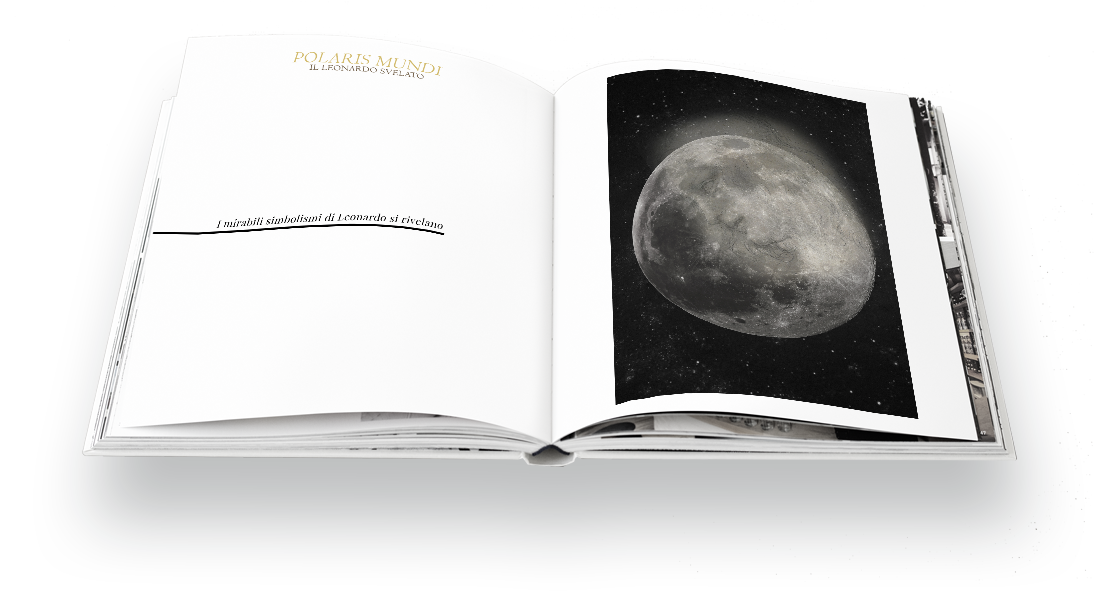
From the book
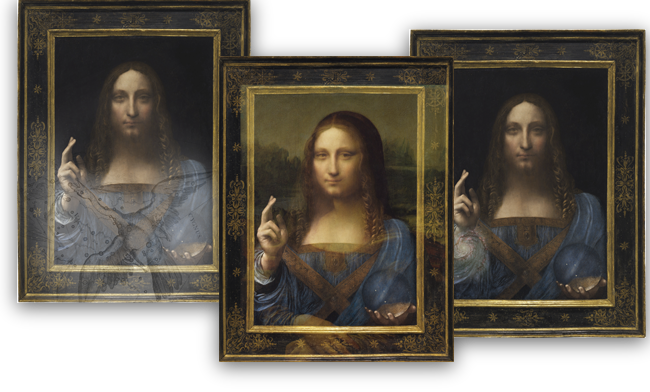
«We are faced with the greatest work of art of all time, a panel of only two by three palms (45.4 x 65.6 cm.) in which mathematical, geometric, astronomical, musical literary and religious symbols are gathered. In addition to the narrations, some more secrets will be told. There can be no doubt about the authorship or the authenticity of the painting. Only Leonardo’s acute intelligence could have conceived such a universe of meanings.».
I according with the topics covered, Christ and Leonardo, the author decided to use an artistic pen name to sign the book, not bringing it appropriate to bring his personal name to figures of such a grandiose size. At the same time, hoping that the book will stimulate the reader to emulate the dictates of Leonardo, cultivating the arts and the virtues, or Dante’s exhortation to the reader (“You were not made to live like brutes, but to follow virtue and knowledge”). An urgent need in a materialistic world where culture and knowledge play a secondary role, instead of representing their beacon: the Polaris Mundi.
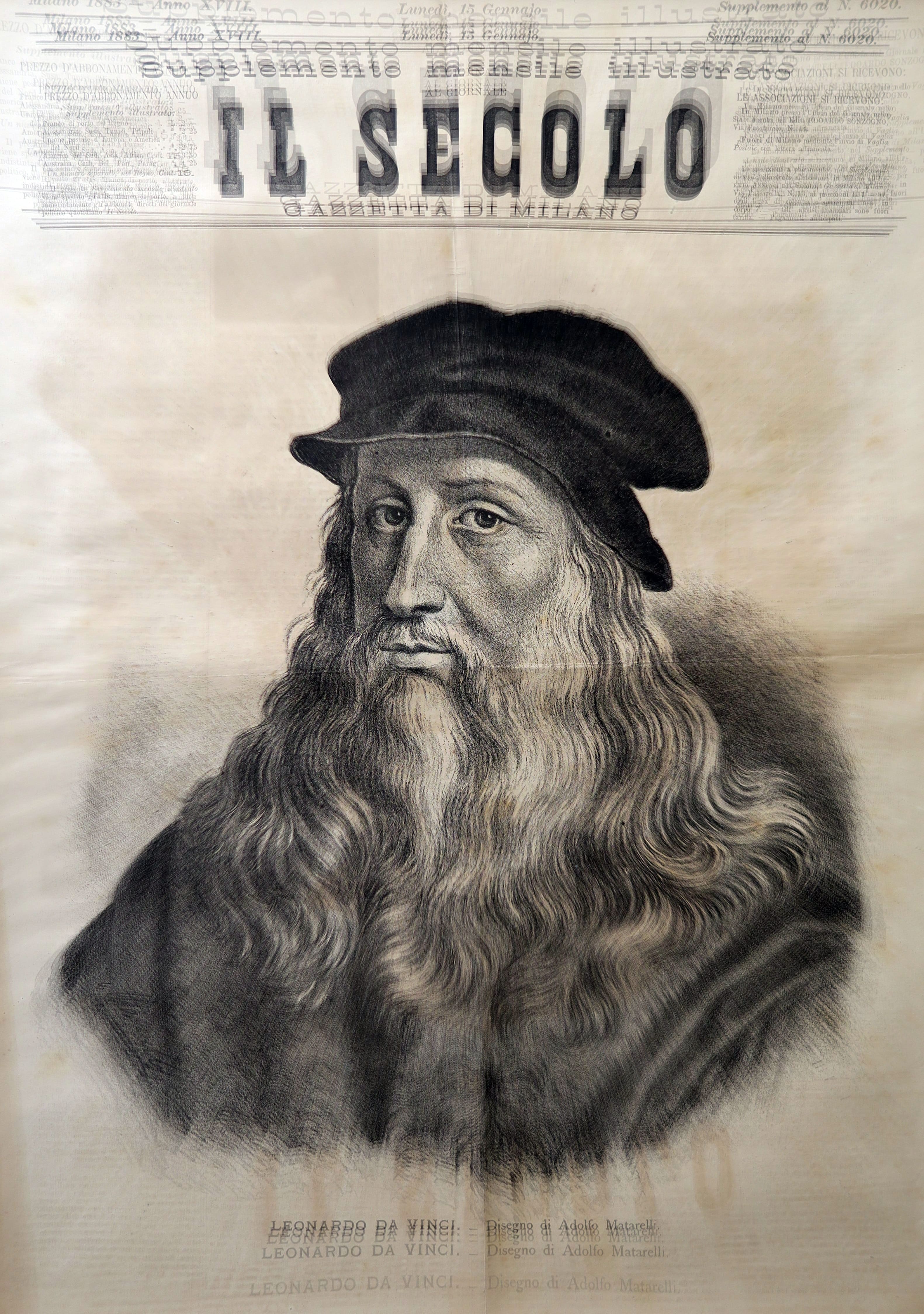
ANIMA VINCI Portrait of Leonardo da Vinci by Adolfo Matarelli (1832-1887), published on January 15, 1883 in the monthly supplement to the newspaper, “Il Secolo – Gazzetta di Milano”.
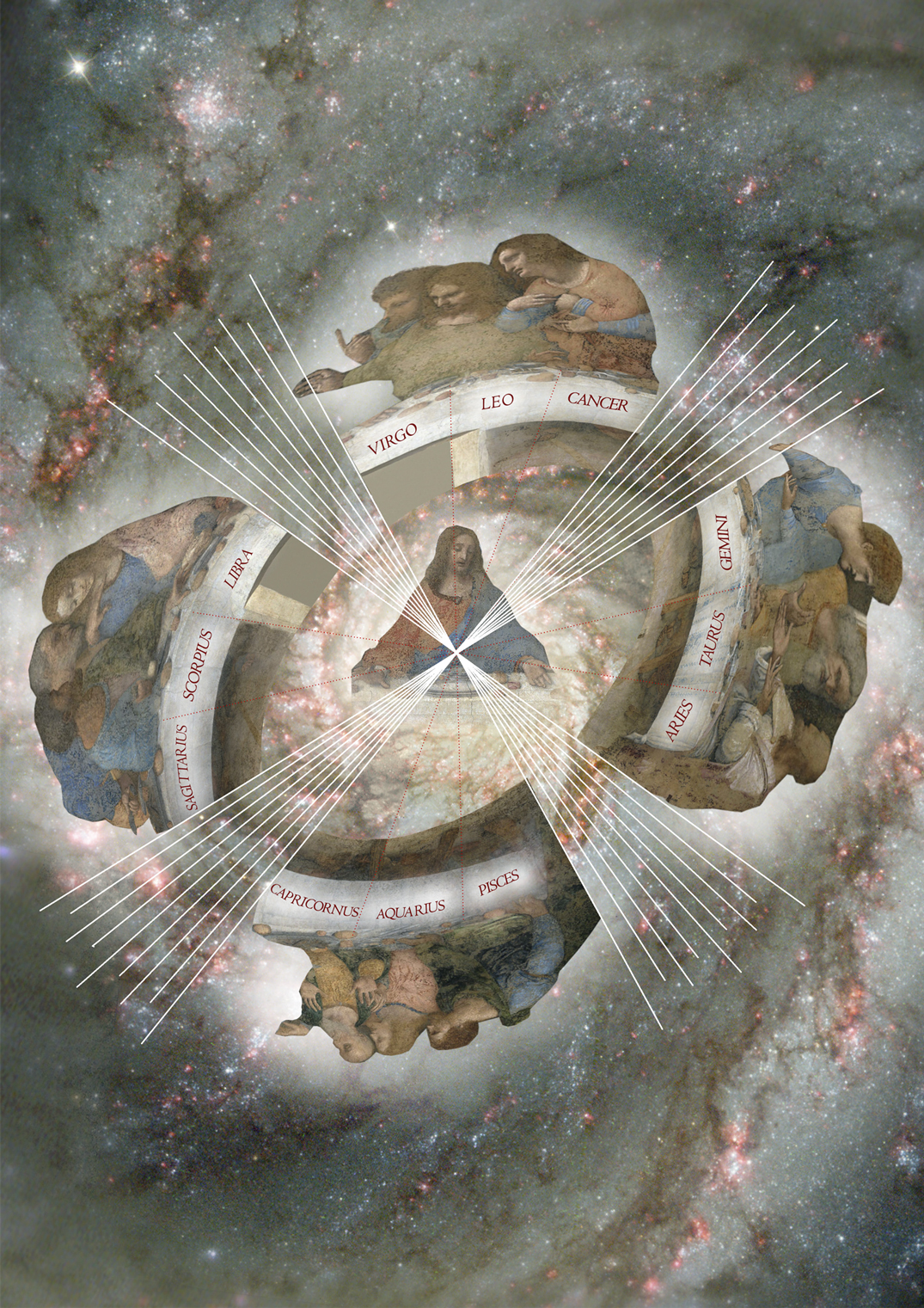
CENA COELI “Ptolemaic” representation of the Zodiac in the da Vinci’s Last Supper
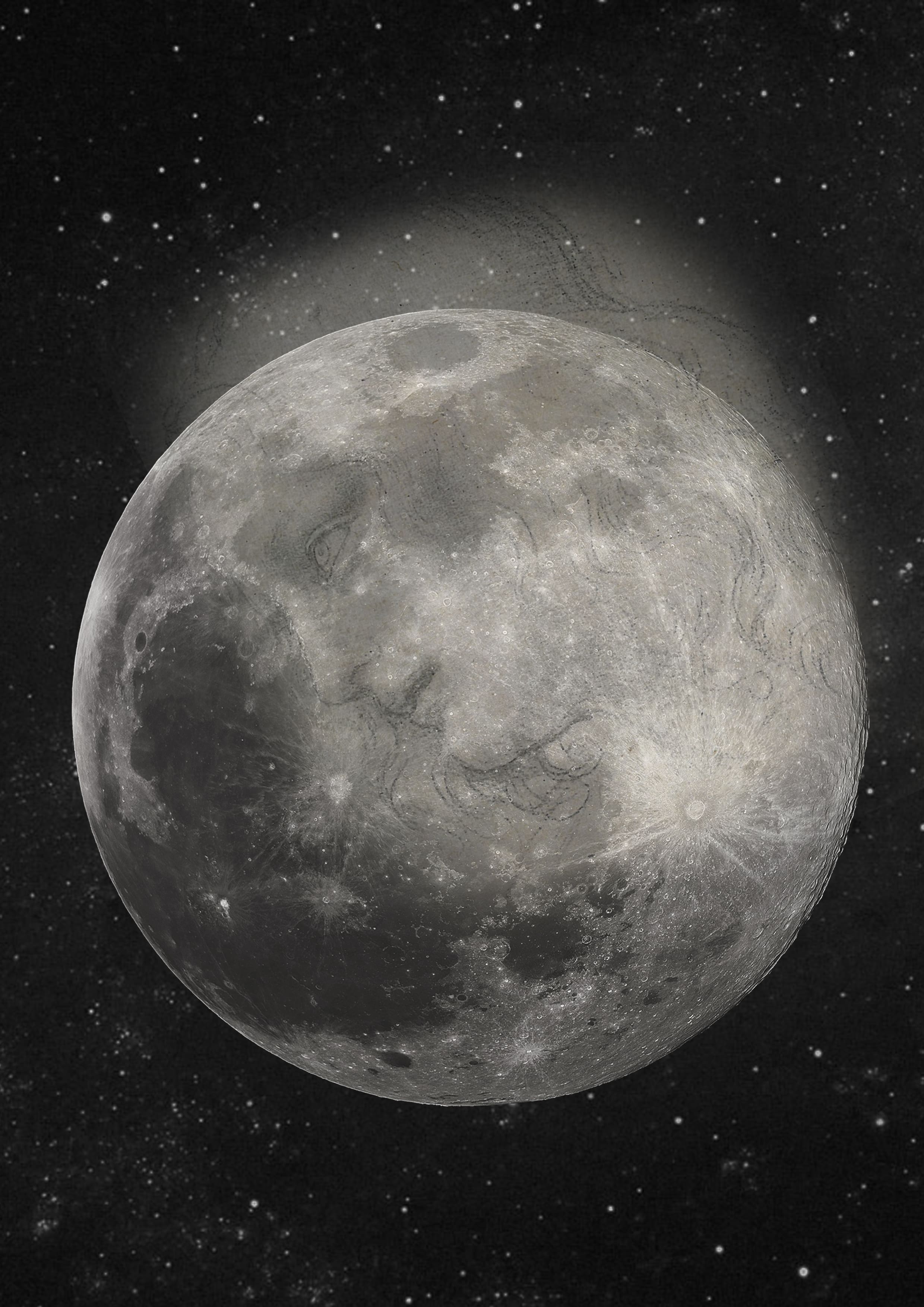
FILIPPO E LA LUNA Sketch of the Apostle Phillip’s head for the Last Supper (Royal Library of the Windsor Castle), superimposed on the Moon
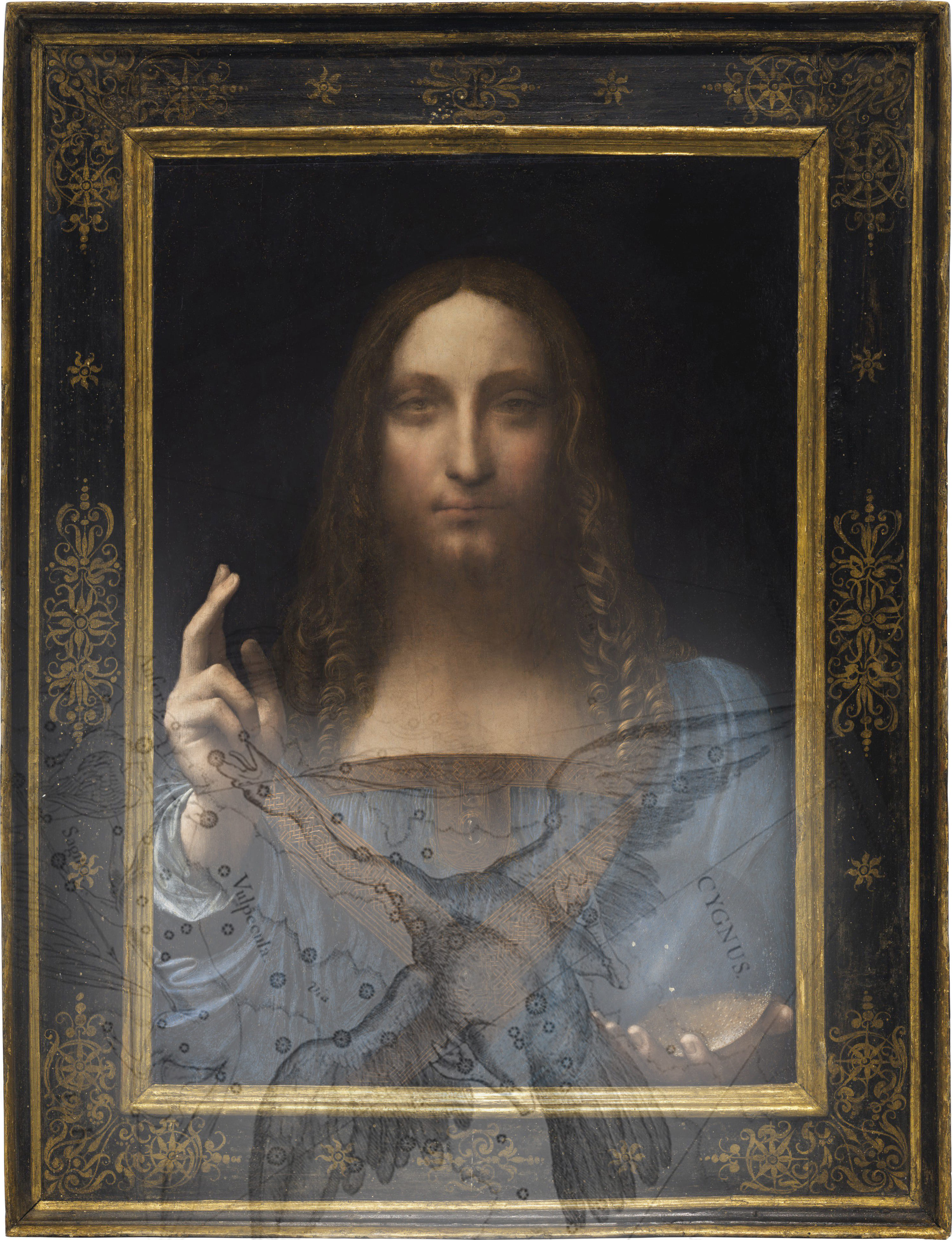
CYGNUSImage of the Constellation of the Swan, taken from Uranographya by Johannes Hevelius, superimposed on the Cross of Saint Andrew of the robe of the Salvator Mundi.
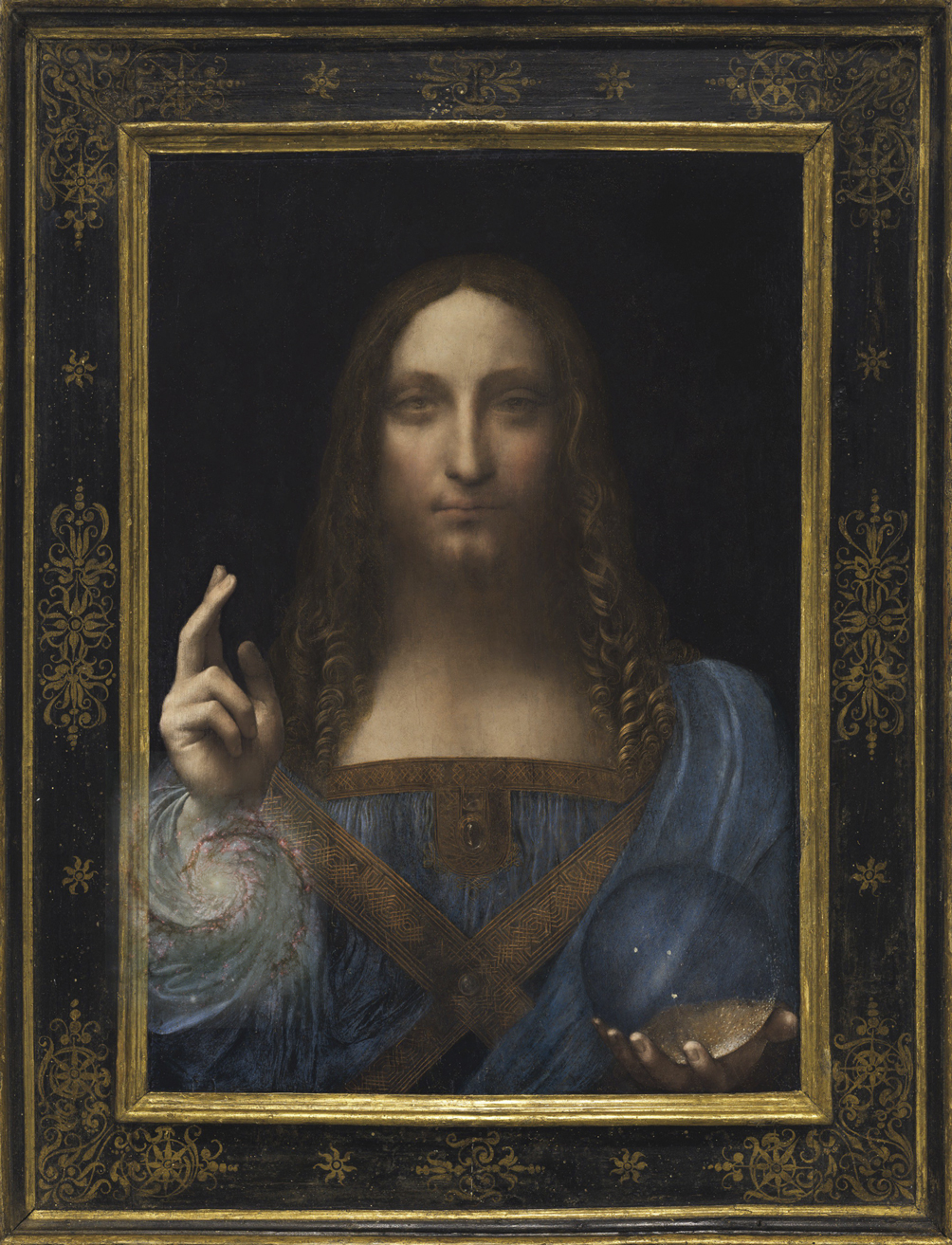
SPIRA MIRABILISImage of the Vortex Galaxy (M51), superimposed on the drapery of the Salvator Mundi’s robe.
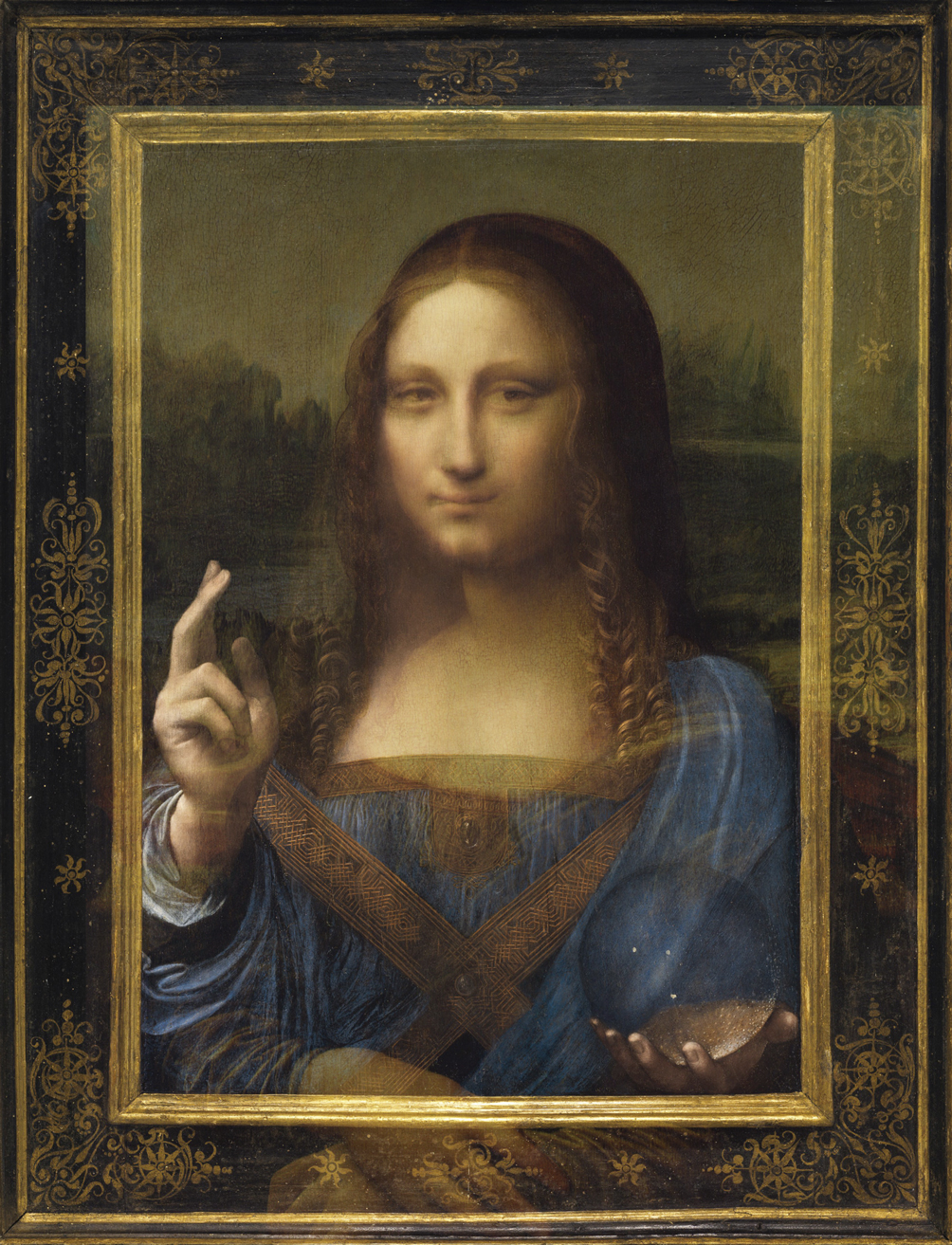
PNEUMA E PSICHEOverlay of the paintings of La Gioconda the Salvator Mundi.
Leonardo’s Arcana are finally revealed…
Download here the introduction and the first chapter in PDF format.
Legal Notices The pseudonym Julianus Deiulio is officially recognized, together with the author’s repertoire duly protected by the SIAE; an unpublished work deposited at the relevant OLAF section, as well as at the Washington D.C. Copyrights Office. All graphic illustrations have been developed by the author on images from the Public Domain (source: Wikimedia Commons). All rights reserved. The contents published on this site therefore cannot be reproduced, stored, transmitted or disseminated in any form and / or medium, be it electronic, mechanical, photocopy, It supported data, paper or otherwise, including cinema, radio, television and Internet, without the necessary authorizations. Although not expressly mentioned, current legislation on copyrights applies.

